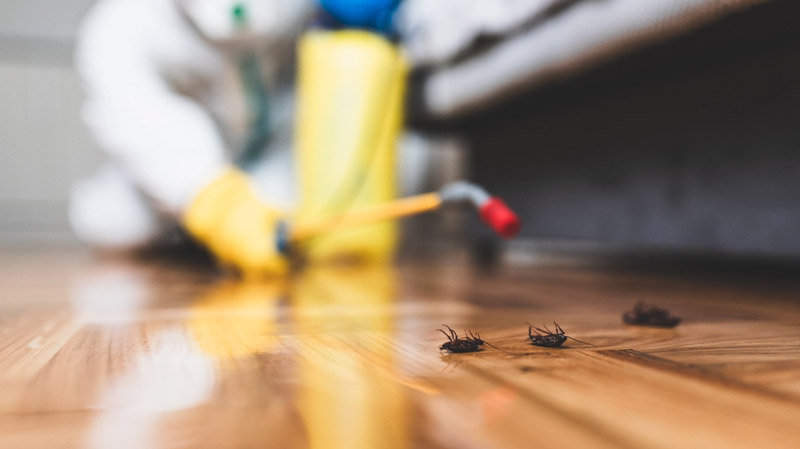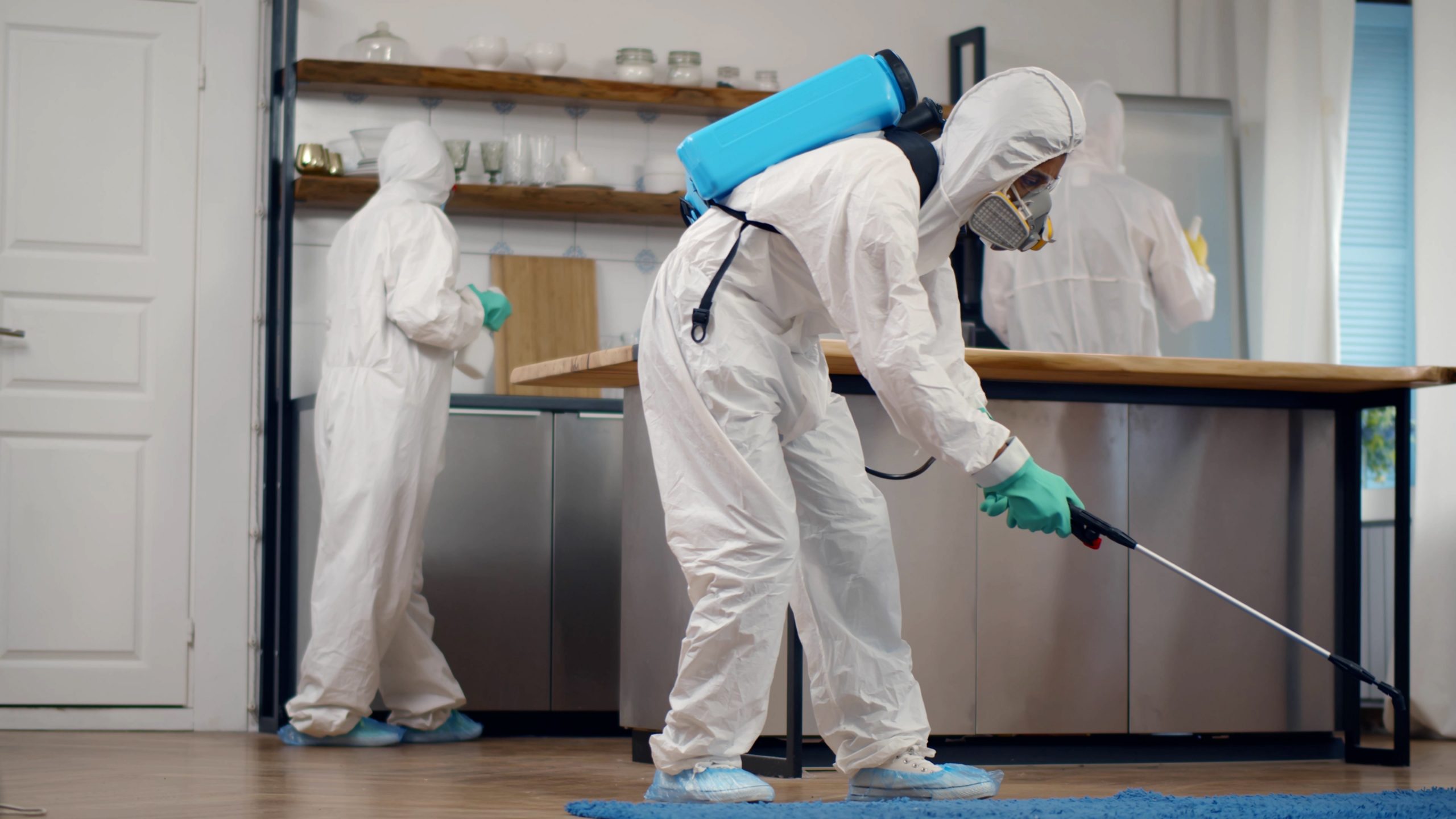Eco-Friendly Insect Control Approaches for Managing Wild Animals in Urban Areas
Urban areas usually discover themselves at the intersection of human activity and wild animals, bring about distinct difficulties in parasite management. Eco-friendly strategies emphasize sustainable coexistence, utilizing methods such as environment adjustment and natural repellents to reduce human-wildlife disputes. These methods not just shield the setting but additionally enhance neighborhood involvement in wild animals monitoring. As urban populations continue to grow, comprehending the dynamics of wildlife interactions ends up being progressively critical. What cutting-edge approaches can be applied to ensure both ecological balance and urban safety? Discovering this inquiry discloses an engaging landscape of possible options.
Comprehending Urban Wild Animals Dynamics
Comprehending Urban Wildlife Dynamics is vital for establishing effective and eco-friendly pest control approaches. Urban areas are significantly ending up being habitats for various wild animals types, driven by aspects such as habitat fragmentation, food availability, and human infringement. Identifying these dynamics enables a nuanced strategy to pest management that straightens with ecological concepts.
Urban wildlife commonly includes types such as raccoons, squirrels, and birds, which adapt to city atmospheres, locating specific niches in environment-friendly spaces, parks, and also suburbs. Their visibility can lead to disputes with human beings, particularly when they make use of human sources for food and shelter. Comprehending the actions and ecological functions of these varieties informs techniques that decrease adverse interactions while promoting biodiversity.
In addition, recognizing the interdependencies within urban environments aids in identifying vital locations for environment preservation and remediation. This understanding adds to the growth of incorporated pest management (IPM) methods that think about the environmental equilibrium, therefore reducing reliance on hazardous chemicals. By promoting coexistence between people and metropolitan wildlife, cities can produce healthier atmospheres that profit both residents and regional ecological communities, leading the method for sustainable city living.
All-natural Repellents and Deterrents
All-natural repellents and deterrents use a lasting option to traditional insect control techniques by utilizing the power of nature to keep unwanted species away. These eco-friendly solutions generally utilize plant-based ingredients, essential oils, and various other normally happening substances that deter pests without damaging the atmosphere.
One efficient natural repellent is peppermint oil, which is recognized to drive away rats and insects. Its solid aroma is unpleasant to many parasites, making it a preferred option for metropolitan settings. Vinegar and citrus peels can offer as deterrents, as their strong odors are commonly uninviting to various wild animals.
Furthermore, diatomaceous earth is an all-natural powder that can be spread out in areas prone to parasite activity, effectively drying out and deterring pests without positioning risks to non-target types. Garlic sprays and neem oil are identified for their ability to push back a broad array of pests, including both pests and larger wildlife.
Applying these natural repellents not only lowers reliance on chemical pesticides however additionally promotes a healthier city ecosystem, promoting an extra balanced coexistence between human beings and wild animals. By using these approaches, city locations can efficiently take care of insect populaces while reducing environmental effect.
Environment Adjustment Methods
Effective habitat adjustment techniques play a critical duty in sustainable bug monitoring by changing the atmosphere to make it less for pest invasions. By understanding the eco-friendly dynamics of city locations, homeowner can execute strategic modifications that discourage pests while promoting biodiversity.
(Home Pest Control)One primary strategy includes maintaining proper cleanliness. This includes Termite treatment Port Charlotte regular waste removal, securing trash can, and eliminating standing water to reduce breeding websites for pests and rodents. In addition, landscaping methods such as choosing native plants can improve eco-friendly balance, offering environments for valuable organisms while reducing resources for pests.
Another important approach is to secure access factors in buildings. Inspecting and fixing splits in structures, walls, and windows can significantly reduce parasite gain access to. Moreover, producing physical barriers, such as fencings or plant buffers, can hinder wild animals motion into human-inhabited areas.
Integrated Pest Monitoring Practices
Structure upon environment adjustment techniques, incorporated parasite management (IPM) techniques supply an all natural technique to managing parasite populaces while reducing environmental influence. IPM integrates numerous strategies, consisting of organic, cultural, mechanical, and chemical controls, to accomplish effective insect monitoring.
Biological control entails the introduction of all-natural predators or parasites to minimize bug populations. Social practices, such as crop turning and sanitation, interfere with pest life cycles and reduce their habitats - Pest Control. Mechanical controls, like catches and barriers, supply immediate remedy for bug stress without chemical treatment
Chemical controls are used as a last resource, focusing on targeted applications that limit damage to non-target types and the setting. The option of environmentally pleasant pesticides, when required, is indispensable to the IPM framework. Furthermore, monitoring pest populations and evaluating prospective damages aids inform decision-making, making certain that treatments are timely and reliable.
Area Involvement and Education And Learning

(Ant control Port Charlotte)Workshops and informative sessions can outfit homeowners with knowledge concerning indigenous varieties, environment conservation, and effective non-toxic insect monitoring methods. Partnership with schools, local organizations, and government agencies even more improves academic outreach, ensuring that essential details gets to varied target markets.
Furthermore, community-led efforts, such as community clean-up days and environment remediation projects, not just advertise biodiversity however likewise strengthen community connections. Pest control service. By urging locals to share their experiences and observations, areas can create targeted techniques that deal with particular regional insect issues
Incorporating responses from homeowners right into bug monitoring prepares allows an extra responsive and adaptive approach to wild animals obstacles. Inevitably, educated and engaged neighborhoods are essential to achieving long-lasting success in environment-friendly pest control, leading to much healthier city settings that appreciate both human and ecological requirements.

Conclusion
To conclude, environmentally friendly insect control comes close to offer sustainable remedies for managing urban wild animals. By focusing on habitat alteration, utilizing all-natural repellents, and carrying out integrated bug monitoring practices, communities can promote an unified conjunction with neighborhood fauna. Involving homeowners with education enhances awareness and motivates liable wildlife interactions. Ultimately, these techniques not only safeguard biodiversity but likewise advertise ecological wellness, ensuring city locations stay lively ecosystems where humans and wildlife prosper with each other.